This nonrandomized clinical trial reports outcomes for children with low-risk relapsed Hodgkin lymphoma treated with second-line chemotherapy and involved-field radiotherapy without autologous stem cell transplant.
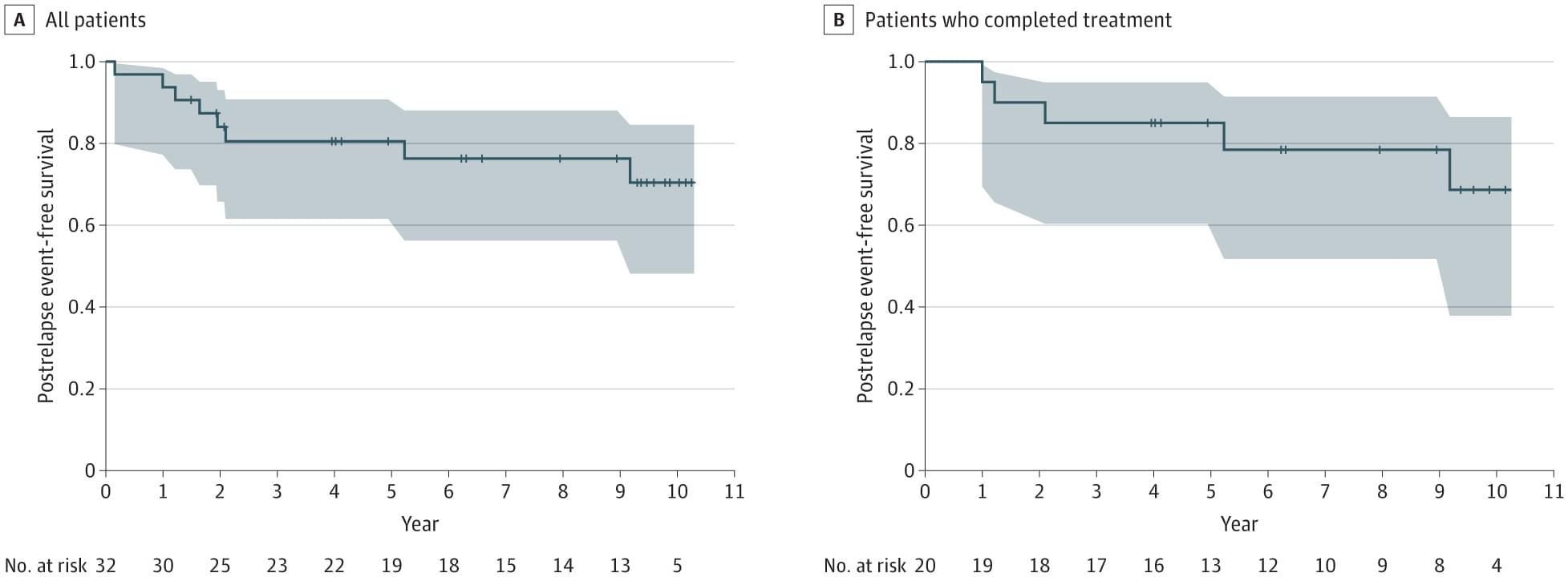

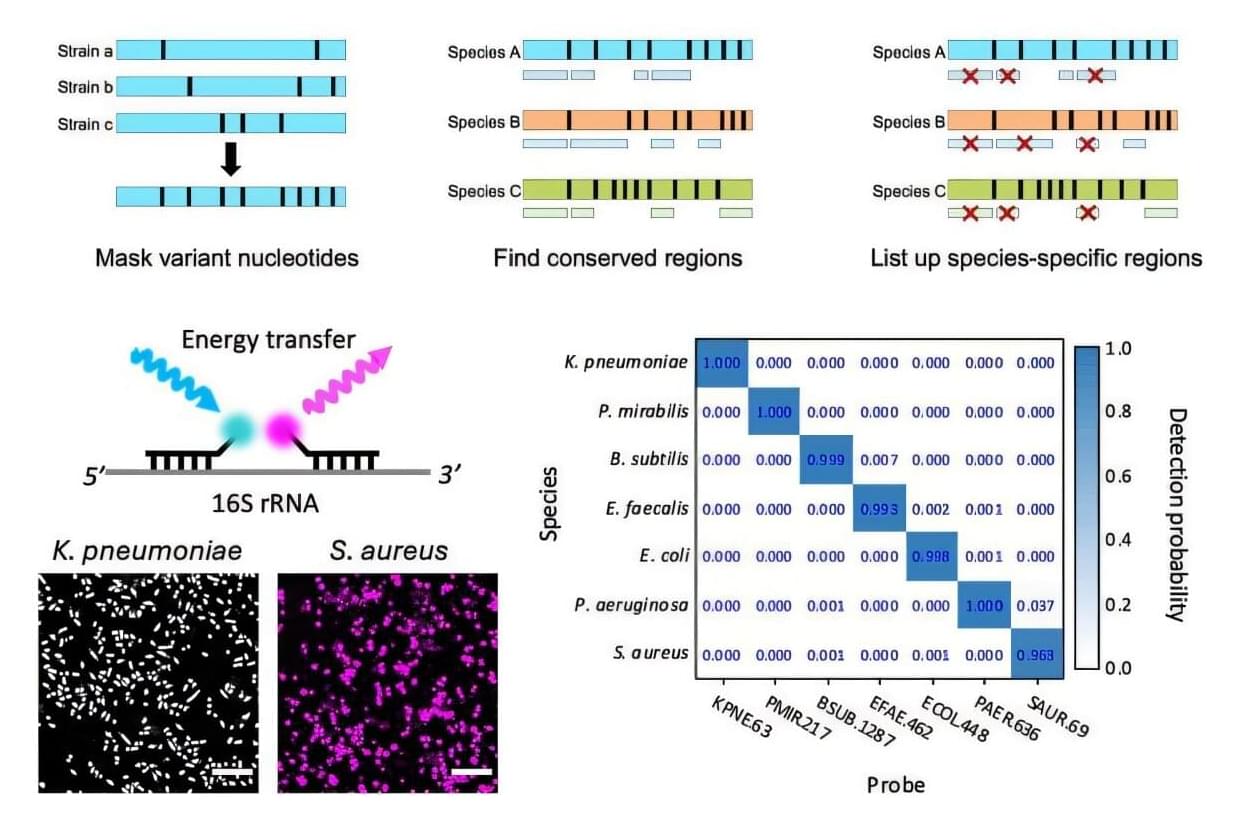
A joint team of professors—Hajun Kim, Taejoon Kwon, and Joo Hun Kang—from the Department of Biomedical Engineering at UNIST has unveiled a novel diagnostic technique that utilizes artificially designed polymers known as peptide nucleic acid (PNA) as probes. The research is published in the journal Biosensors and Bioelectronics.
The fluorescence in situ hybridization (FISH) technique works by detecting fluorescent signals generated when probe molecules bind to specific genetic sequences in bacteria. This innovative FISH method employs two PNA molecules simultaneously. By analyzing the genomic sequences of 20,000 bacterial species, the research team designed PNA sequences that specifically target the ribosomal RNA of particular species.
The method is significantly faster and more accurate than traditional bacterial culture and polymerase chain reaction (PCR) analysis, and it holds promise for reducing mortality rates in critical conditions such as sepsis, where timely administration of antibiotics is crucial.
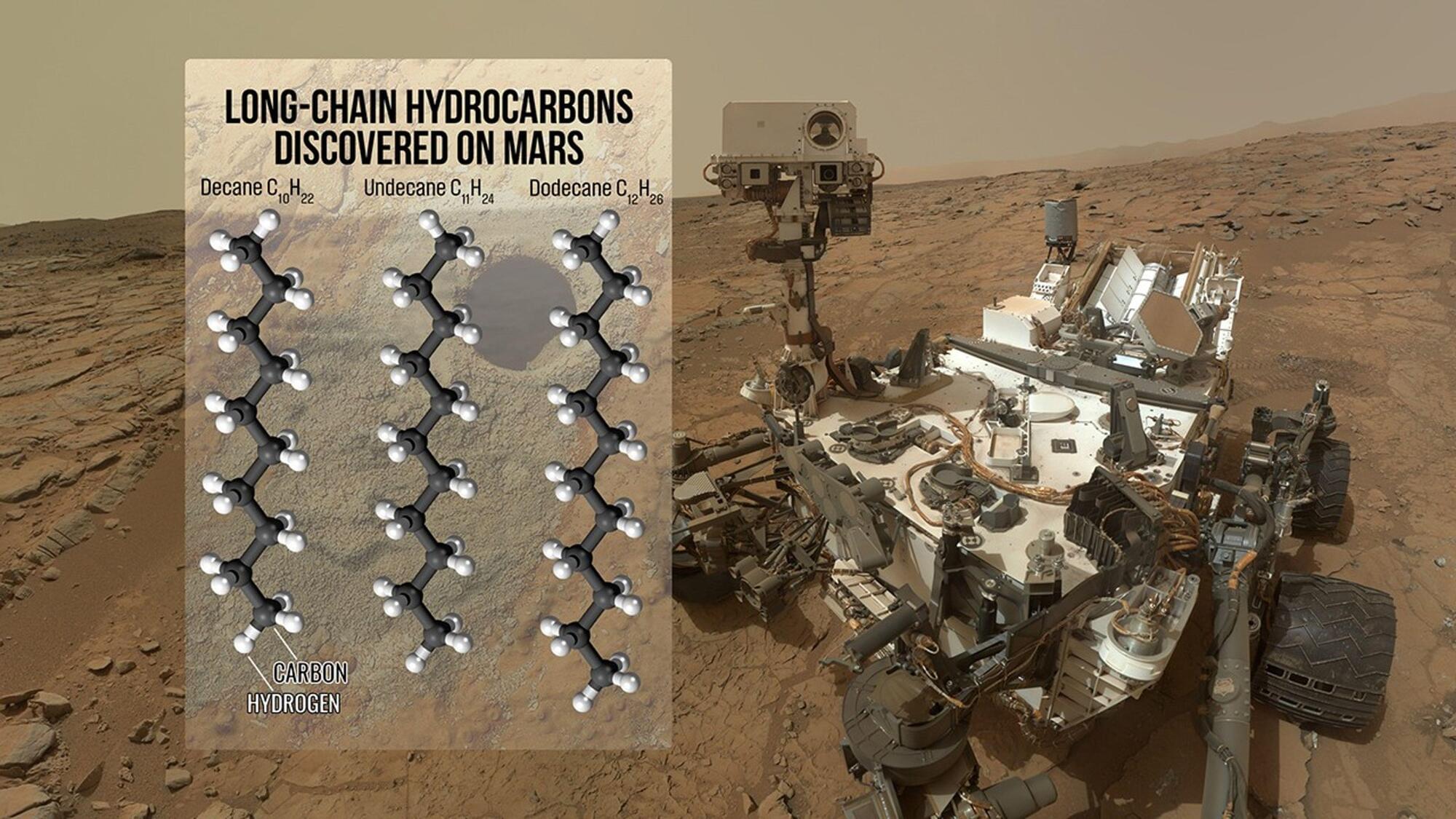
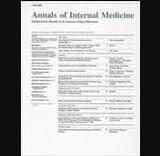
Description: The American College of Physicians (ACP) developed this guideline based on the best available evidence on the comparative benefits and harms of pharmacologic treatments of acute episodic migraine headache, patients’ values and preferences, and economic evidence about these pharmacologic treatments. Methods: This guideline is based on a systematic review and network meta-analysis of the comparative benefits and harms of pharmacologic treatments of acute episodic migraine headaches, as well as systematic reviews of patients’ values and preferences and comparative cost-effectiveness analyses. The Clinical Guidelines Committee evaluated the following clinical outcomes using the GRADE (Grading of Recommendations, Assessment, Development and Evaluation) approach: pain freedom and pain relief at 2 hours; sustained pain freedom and sustained pain relief up to 48 hours; need for rescue medication within 24 hours; nausea, vomiting, and restored physical function at 2 hours; and overall and serious adverse events (AEs). Additional data on AEs were captured through U.S. Food and Drug Administration medication labels. Audience and Population: The audience for this clinical guideline is physicians and other clinicians. The population is adults with acute episodic migraine headache (defined as 1 to 14 headache days per month) managed in outpatient settings. Recommendation 1: ACP recommends that clinicians add a triptan to a nonsteroidal anti-inflammatory drug to treat moderate to severe acute episodic migraine headache in outpatient settings for nonpregnant adults who do not respond adequately to a nonsteroidal anti-inflammatory drug (strong recommendation; moderate-certainty evidence). Recommendation 2: ACP suggests that clinicians add a triptan to acetaminophen to treat moderate to severe acute episodic migraine headache in outpatient settings for nonpregnant adults who do not respond adequately to acetaminophen (conditional recommendation; low-certainty evidence).
🌍 What if Earth was no longer ours? Imagine a reality where alien fungal lifeforms took over the planet, reshaping cities, nature, and even human civilization itself.
👁️ This AI-generated Sci-Fi short film is a mind-bending journey into an alternate Earth—a world overtaken by bioluminescent alien fungi, spore-based civilizations, and an eerie, surreal atmosphere.
🔬 Inspired by nature’s most resilient organisms, this vision of the future combines biology, science fiction, and cosmic horror into one epic cinematic experience!
🎧 Best experienced with headphones!
🔔 SUBSCRIBE for more AI-Generated Sci-Fi content every day!
💎 Support the channel on Patreon for exclusive content: / pintocreation.
💡 Created with:
🎨 MidJourney V6.1 (AI Art)
🎞 Hailuo AI (AI Animation)
🎶 Suno AI v4 (AI Music)
#alienworlds #mushroom #scifishortstory #aigenerated #futuristicworld #alienplanet #hailuoai #midjourneyart #scifishortfilm #aianimationvideo
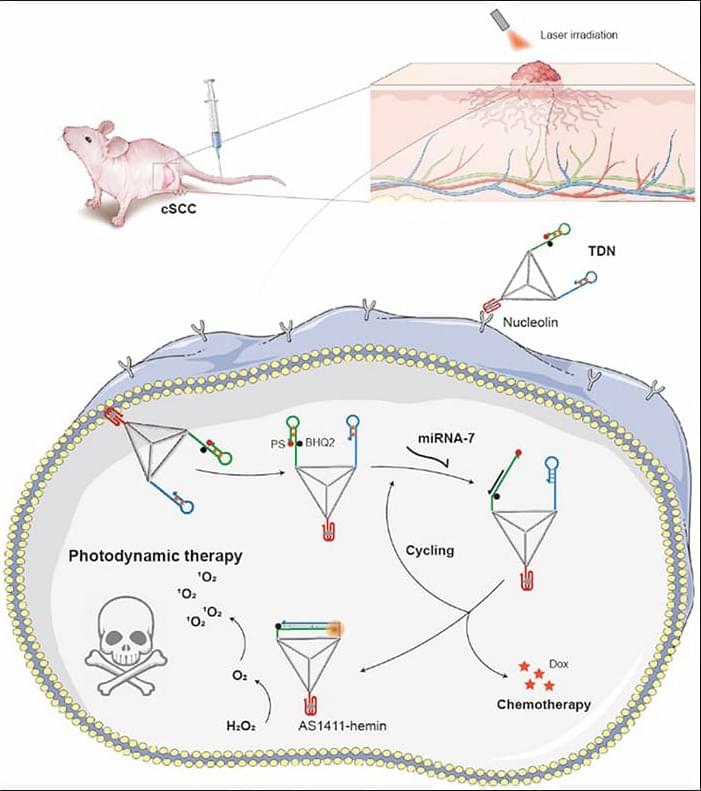
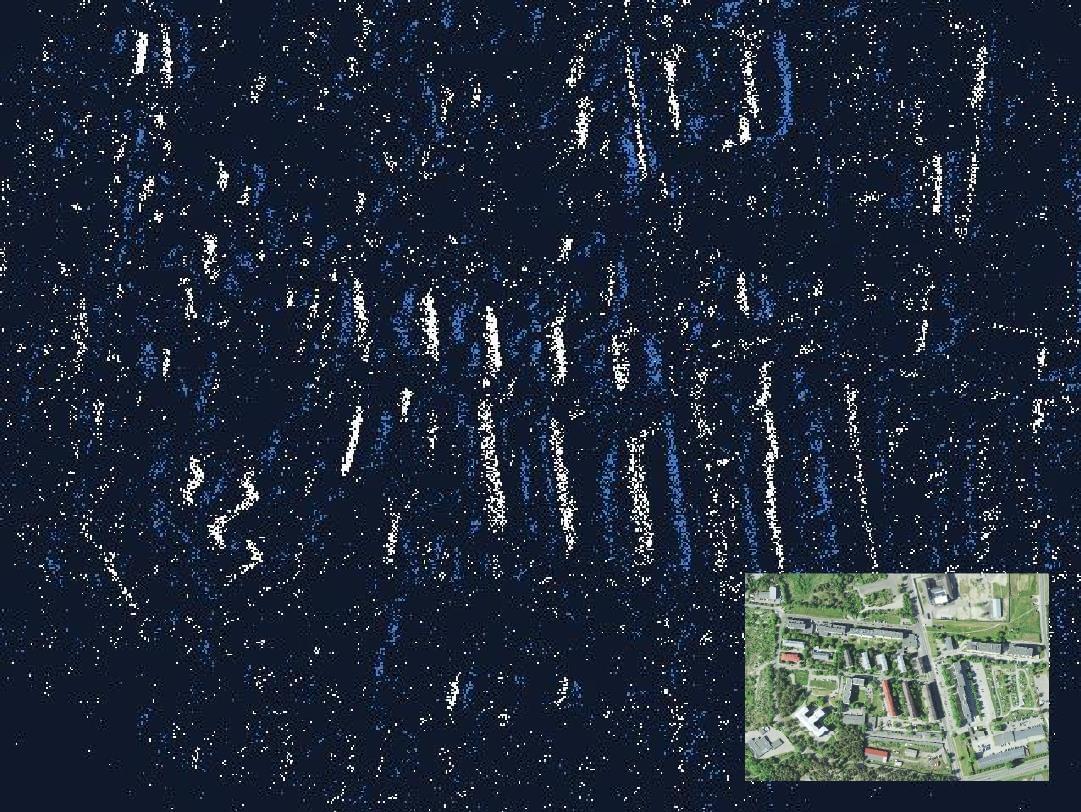

The standard model of particle physics is our best theory of the elementary particles and forces that make up our world: particles and antiparticles, such as electrons and positrons, are described as quantum fields. They interact through other force fields, such as the electromagnetic force that binds charged particles.
To understand the behavior of these quantum fields—and with that, our universe—researchers perform complex computer simulations of quantum field theories. Unfortunately, many of these calculations are too complicated for even our best supercomputers and pose great challenges for quantum computers as well, leaving many pressing questions unanswered.
Using a novel type of quantum computer, Martin Ringbauer’s experimental team at the University of Innsbruck, and the theory group led by Christine Muschik at IQC at the University of Waterloo, Canada, report in Nature Physics on how they have successfully simulated a complete quantum field theory in more than one spatial dimension.


The DeepSeek-V3-0324, named after its predecessor and the launch date, has “enhanced reasoning capabilities, optimised front-end web development and upgraded Chinese writing proficiency”, according to a notice on the company’s website.
The new version and DeepSeek V3 are both foundation models trained on vast data sets that can be applied in different use cases, including that of a chatbot. DeepSeek R1, the reasoning model, is based on DeepSeek V3.
The updated foundation model has made improvements in several benchmarks, especially the American Invitational Mathematics Examination (AIME), where it scored 59.4 compared with 39.6 for its predecessor, while achieving an increase of 10 points on LiveCodeBench to achieve 49.2, DeepSeek data showed.